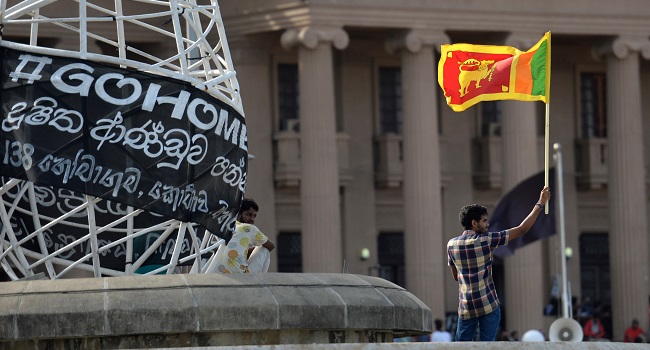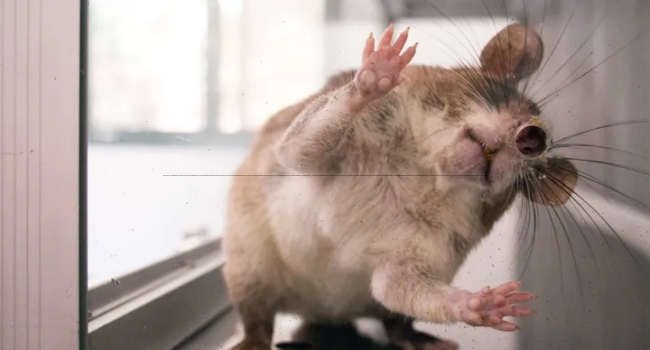
Sri Lanka has declared a state of emergency after the crisis-hit nation’s president fled to the Maldives, with protesters also demanding the prime minister quit.
President Gotabaya Rajapaksa has said he will resign, after months of protests against his government over the worst economic crisis in the nation’s history.
– What happened to the economy? –
Sri Lanka’s vital tourism sector was first hammered by Islamist extremist bomb attacks on churches and hotels in 2019 and again the next year by the coronavirus pandemic.
Its coffers further depleted by government tax cuts, Sri Lanka ran out of foreign currency needed to import everything from medicines to food and fuel.
Even with help from India and others, the country defaulted in April on its $51 billion foreign debt pile and has been in bailout talks for months with the International Monetary Fund.

– How has this affected ordinary people? –
Sri Lankans have endured months of medicine and food shortages and electricity blackouts while fuel stations have run out of petrol and diesel despite pleas to Russia and others for discounted oil.
Unofficial inflation rates are second only to those of Zimbabwe, making many goods — if they can be found — too expensive for many people to afford.
The United Nations has warned that Sri Lanka is facing a dire humanitarian crisis, with millions already in need of aid.
More than three-quarters of the population had reduced their food intake due to the country’s severe food shortages, the UN says.

– Who are the Rajapaksas? –
President Gotabaya Rajapaksa, 73, head of state since 2019, is just one member of a clan that has dominated politics in the South Asian nation of 22 million people for years.
Brother Mahinda, 76, was president for a decade until 2015 and oversaw the bloody end to Sri Lanka’s long-running civil war in 2009 when Gotabaya — dubbed “The Terminator” — ran the security services.
Under Mahinda, Sri Lanka moved closer to China and borrowed billions of dollars for vanity projects like cricket stadiums and airports as well as a deep-sea port since leased to Beijing.

– How did the Rajapaksas respond to the crisis? –
After months of protests, Rajapaksa loyalists went on the rampage in May. At least nine people were killed in nationwide violence while the homes of ruling party members were torched.
Mahinda quit as prime minister — escorted by security forces from his residence — but Gotabaya clung on and replaced him with veteran politician Ranil Wickremesinghe, 73.
Wickremesinghe has little to show for his efforts and his home was set ablaze last week by protesters — he was absent — even as he offered to resign.
President Rajapaksa fled Sri Lanka on Wednesday for the Maldives.

– What now? –
The speaker of parliament earlier said that Gotabaya — whose presidential palace remains occupied by protesters — would formally resign on Wednesday to ensure a “peaceful transition”.
But with no formal announcement of his exit, thousands of demonstrators mobbed the office of Wickremesinghe demanding his exit too.
Rajapaksa on Wednesday named Wickremesinghe as acting president in his absence.
A successor must be chosen through a vote in parliament within a month of Rajapaksa stepping down, but the speaker has promised a new leader within a week.
However, it is unclear who if anyone would be able to garner enough support among lawmakers to succeed Rajapaksa.




